ALL Gloves

| 23 January 2023
Footwear comfort is heavily affected by the type of protective midsole you have. Which is the best for you?
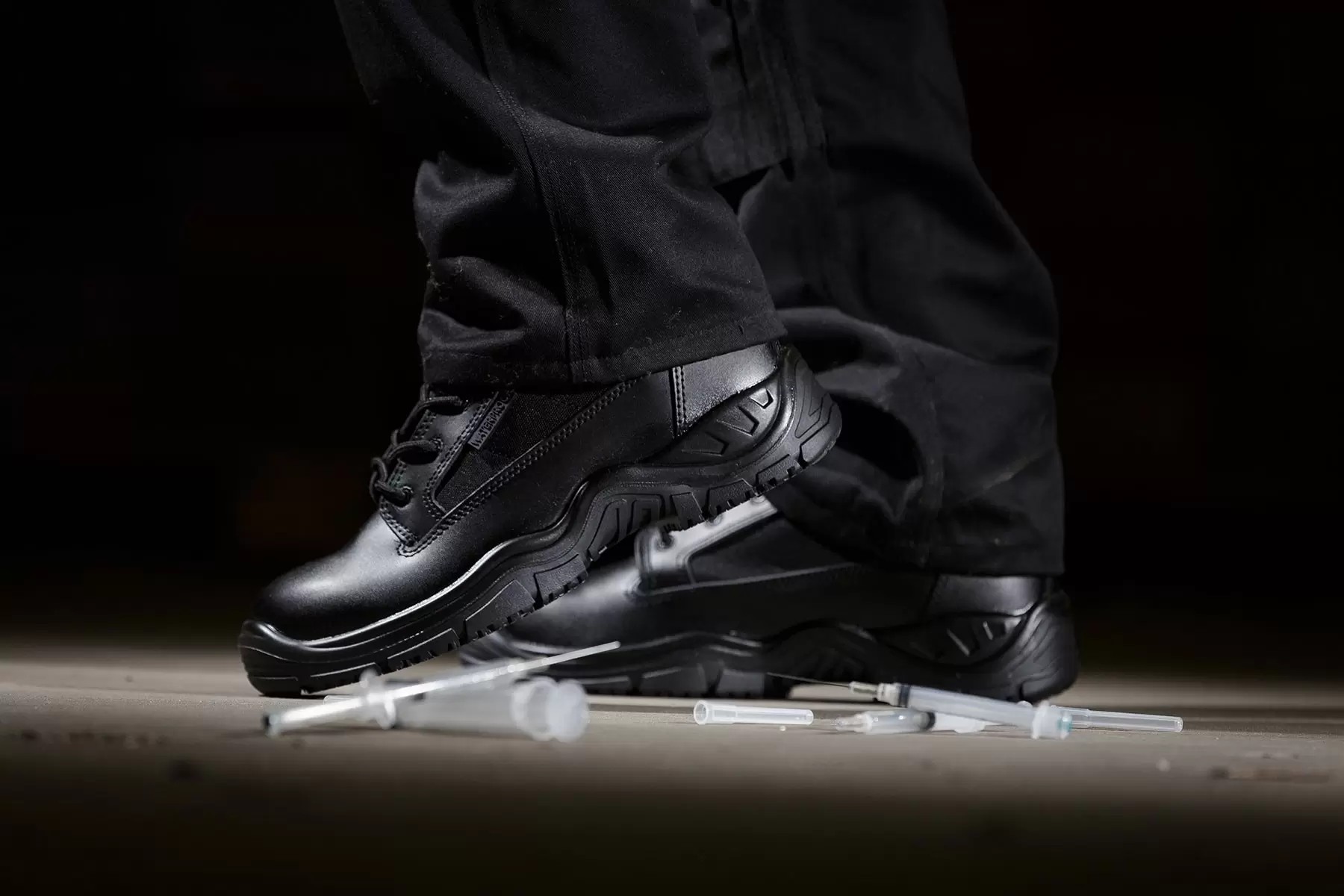
If you’re wearing work boots all day, you want them to be as comfortable as possible. But then again, just because they’re comfortable doesn’t mean they’ll protect you. Ugg boots are technically boots but you wouldn’t wear them on a building site. First off, you’d look ridiculous. Secondly, you’ll be on your way to A&E before it’s lunch time.
Footwear comfort is heavily affected by the type of protective midsole you have. Protective midsoles come in two forms: steel and metal-free. So, which are the best for you?
To start with, we’ll look at how they’re made and joined to the boot. Steel midsoles are cut from a piece of sheet steel usually around 0.5mm in thickness.
The edges are treated to remove any burs or sharpness. This prevents the midsole damaging the footwear. As a result, steel midsoles do not cover the edges of footwear as they can wear away the material and stick out.
The steel midsole is then glued onto the upper, following the profile of the foot. In most cases the upper is then placed into a PU/PU mould or a PU/Rubber mould and the sole is injected into the mould at a certain heat creating the footwear in its entirety
Composite midsoles consist of several layers of woven materials which bond together with adhesive. They are then stitched to the bottom of the upper providing coverage to all areas of the under-foot. Similarly, to that of steel midsoles they are then (in most cases) placed into a PU/PU mould or PU/rubber mould and the sole unit is injected into the mould at a certain heat creating the footwear in its entirety.
Unlike steel midsoles, they protect the entire foot as they are sewn to the edges. This is because composite midsoles won’t damage the material around it.
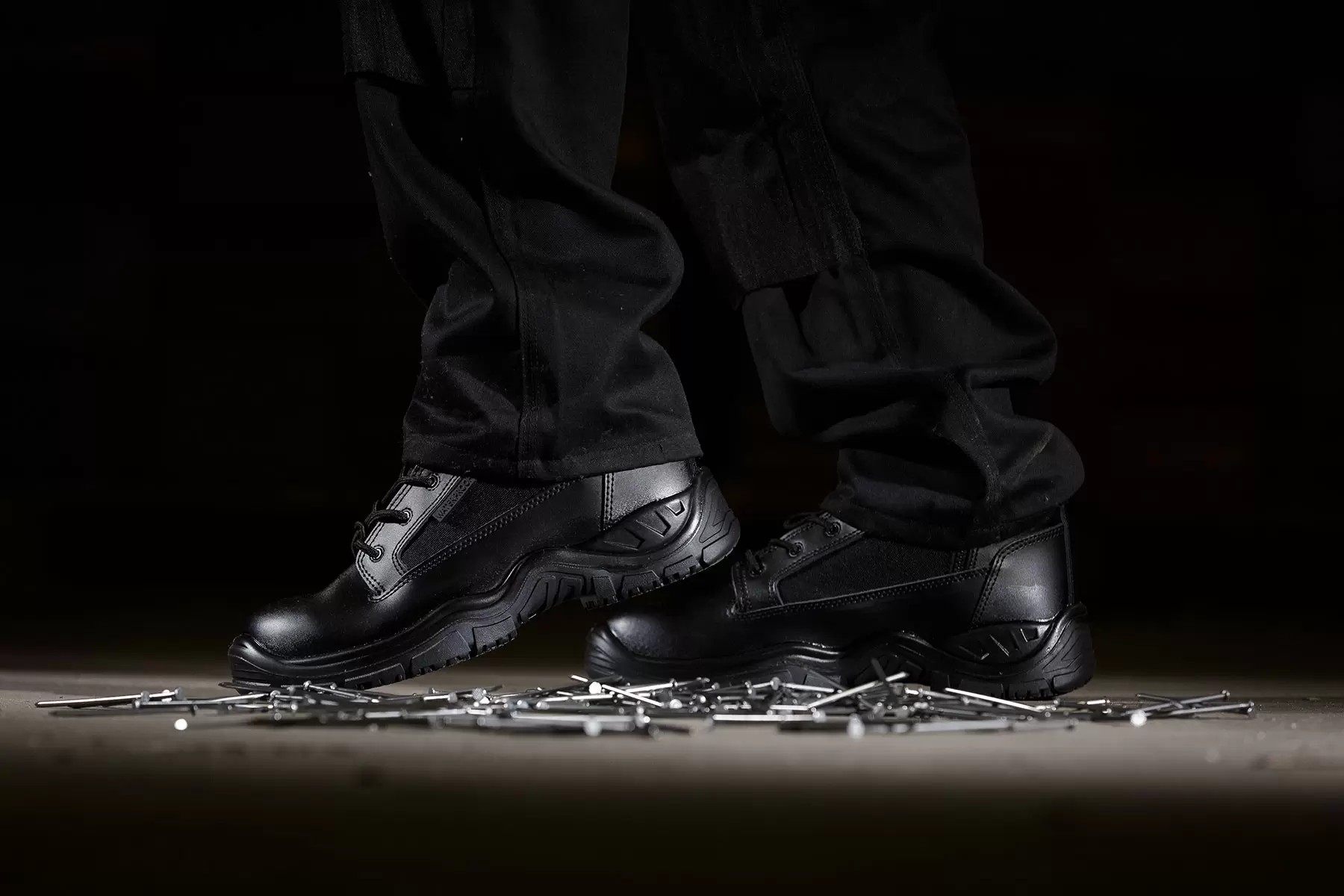
Each midsoles weaknesses are the other’s strengths. Composite midsoles are usually more expensive, as there are more materials involved in the process and more manual labour associated. However, they’re lighter and more flexible and provide non-metallic properties which are great for people working in environments where an active security scanner is used.
There is an argument that, unlike steel, a metal-free midsole won’t protect you against nails to the level of its steel counterpart. This isn’t true as both the steel and composite midsole are tested to the same level of force required under the EN20345 and EN20347 standards.
Steel midsoles are traditional and cheaper whilst also offering protection against needles which cannot pass through steel without breaking. Whereas a needle is more likely to pass through a composite midsole (not definitely) as a needles head is much thinner than that of a nail.
Steel midsoles are prone to corrosion if cheap steel is used. This occurs when the unit sole is punctured, water can seep into the boot and cause corrosion. As previously stated, steel midsoles don’t also cover the entire underfoot with protection and there are areas that are exposed due to the nature of how they are fitted.
Additionally, steel midsoles are less flexible than their composite counterparts and therefore will not bend as much. Overall, there isn’t much difference between the two options of midsole protection and each have their own pros and cons which would be suited towards the individual wearers needs.
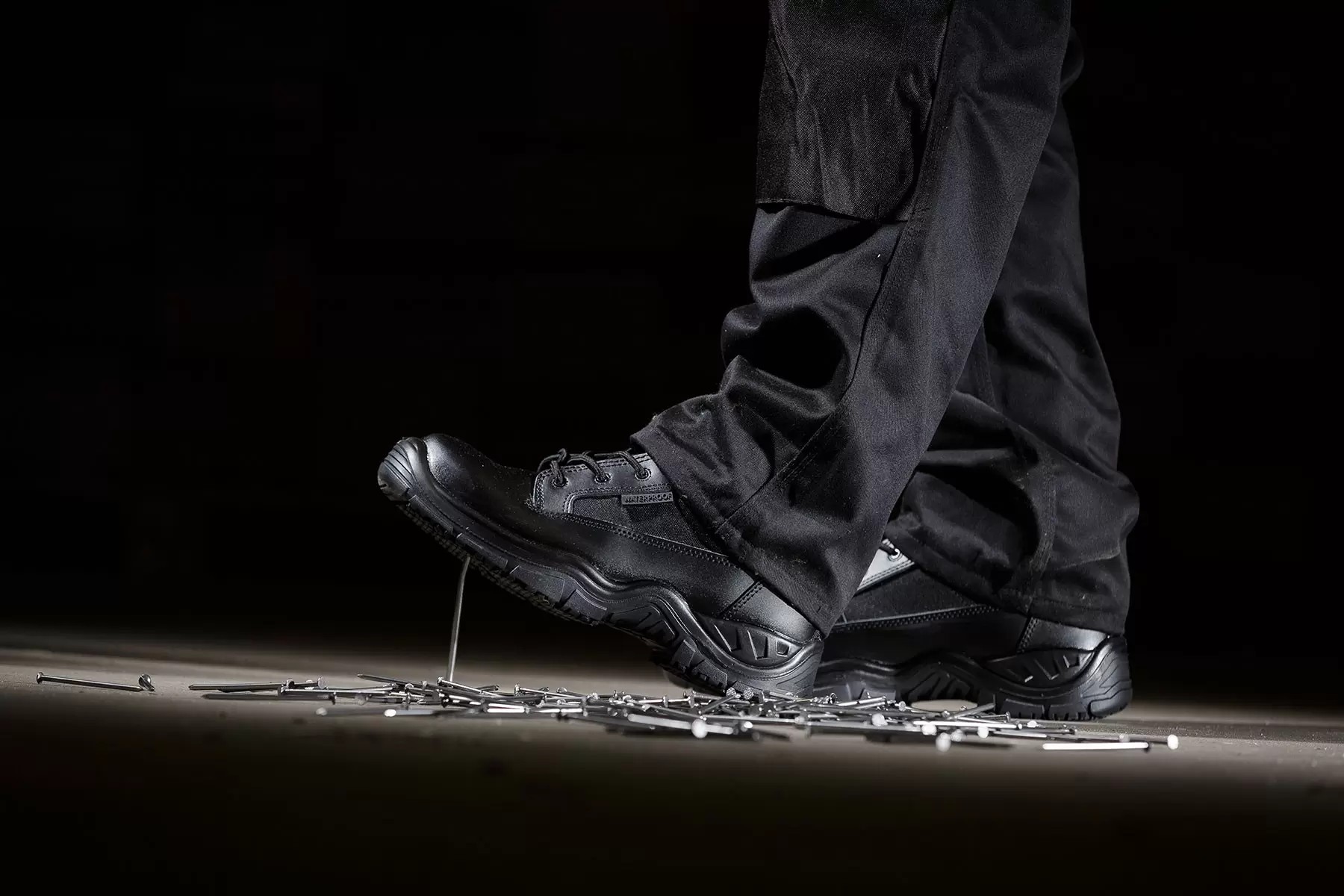
If you’re on working a construction site or scrapyard midsole protection is a must. There is an increased risk of coming across sharp objects such as nails, screws, and broken glass.
If you’re working in diverse environments like paramedics and the police a protective midsole should be present in your tactical footwear.
But as you know, each industry needs different things from their footwear.
Before you rush out and buy yourself some new boots ask yourself these 4 things:
As we’ve already said, if you’re likely to encounter sharp objects at work midsole protection is for you. But sharp objects aren’t the only form of hazard.
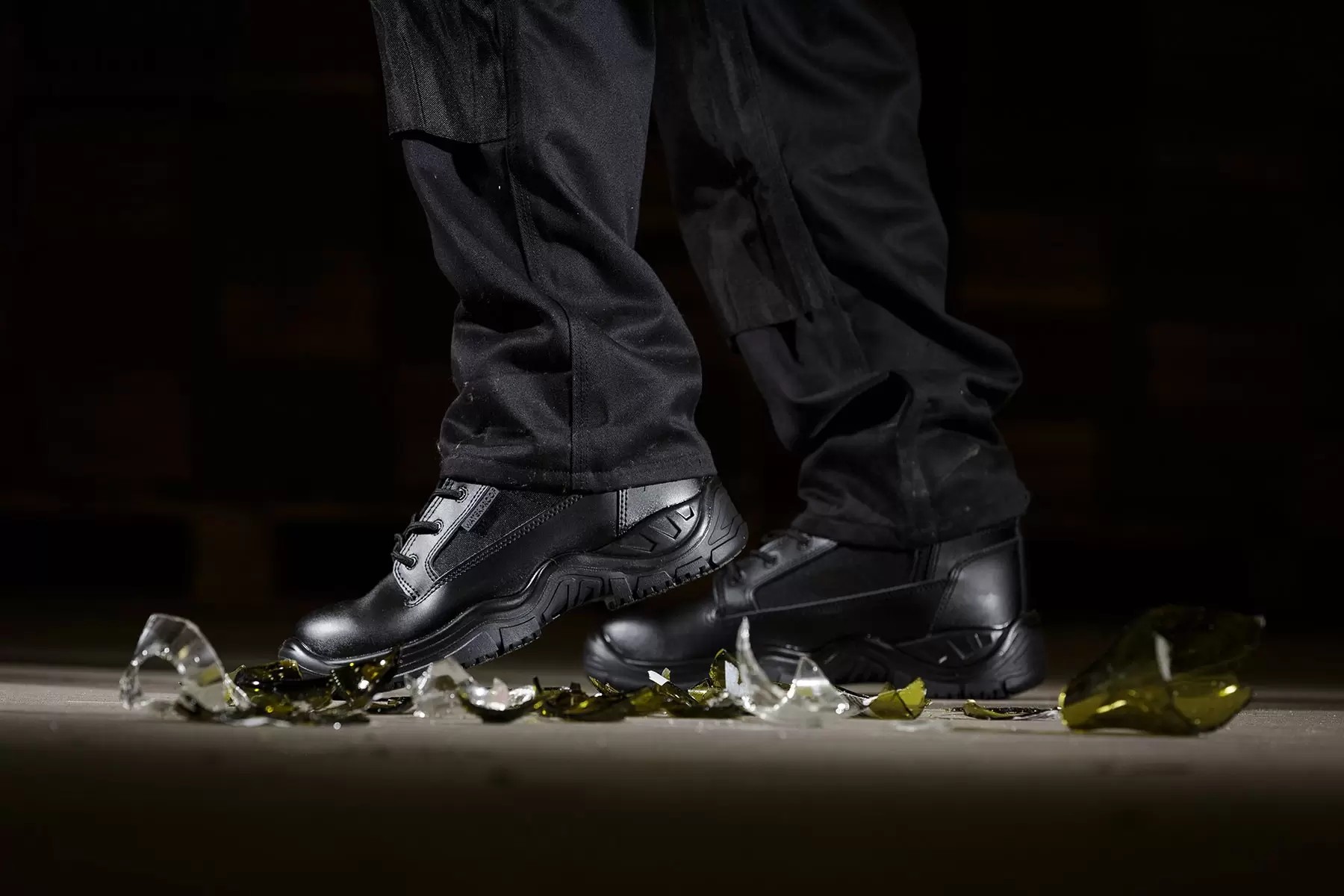
If the sole unit has been punctured, you will need to replace your footwear as water can seem into the midsole and cause it to corrode.
View our range of tactical footwear
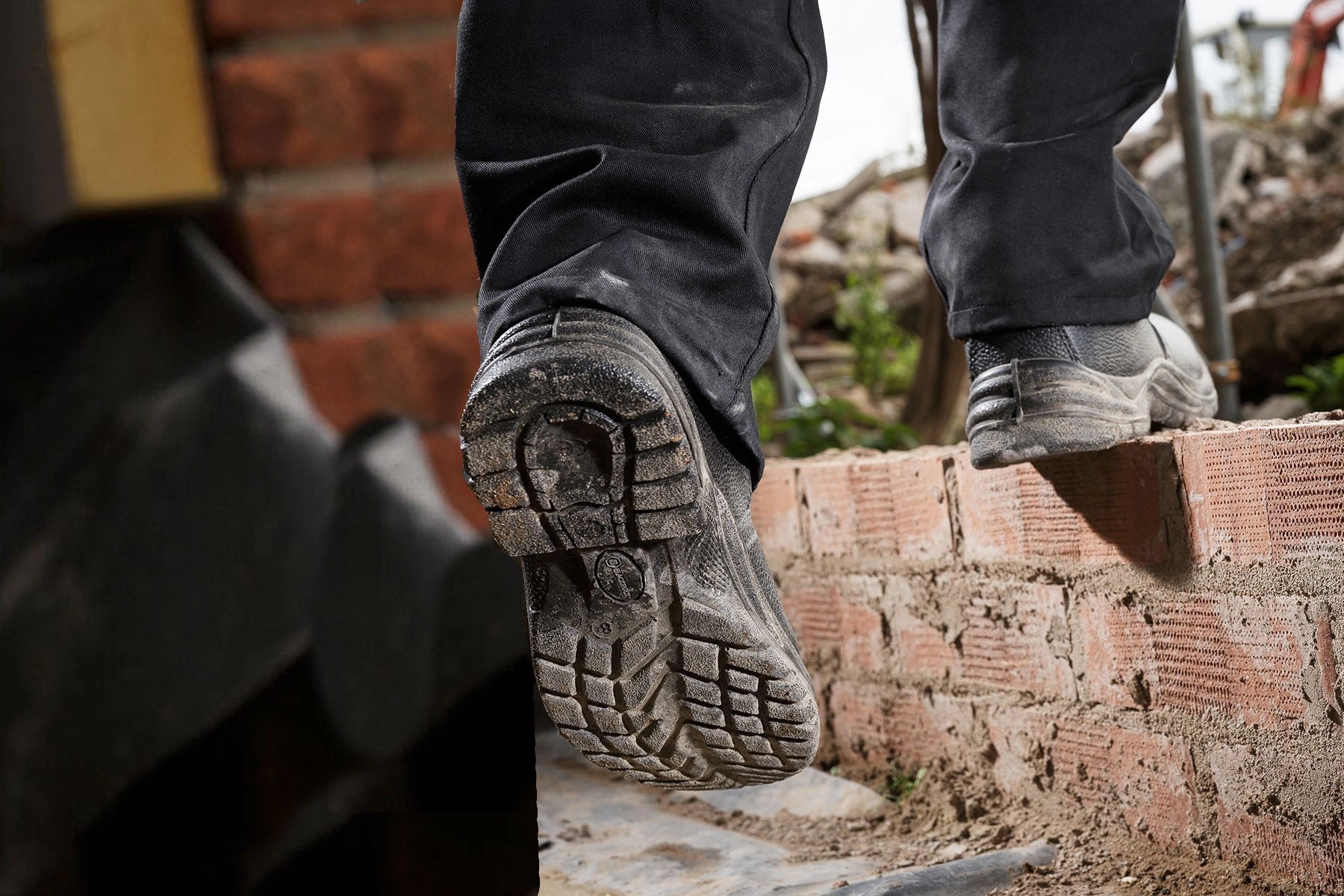
| 05 April 2023
We answer some of those questions you may have been faced with when having to choose safety footwear.
READ POST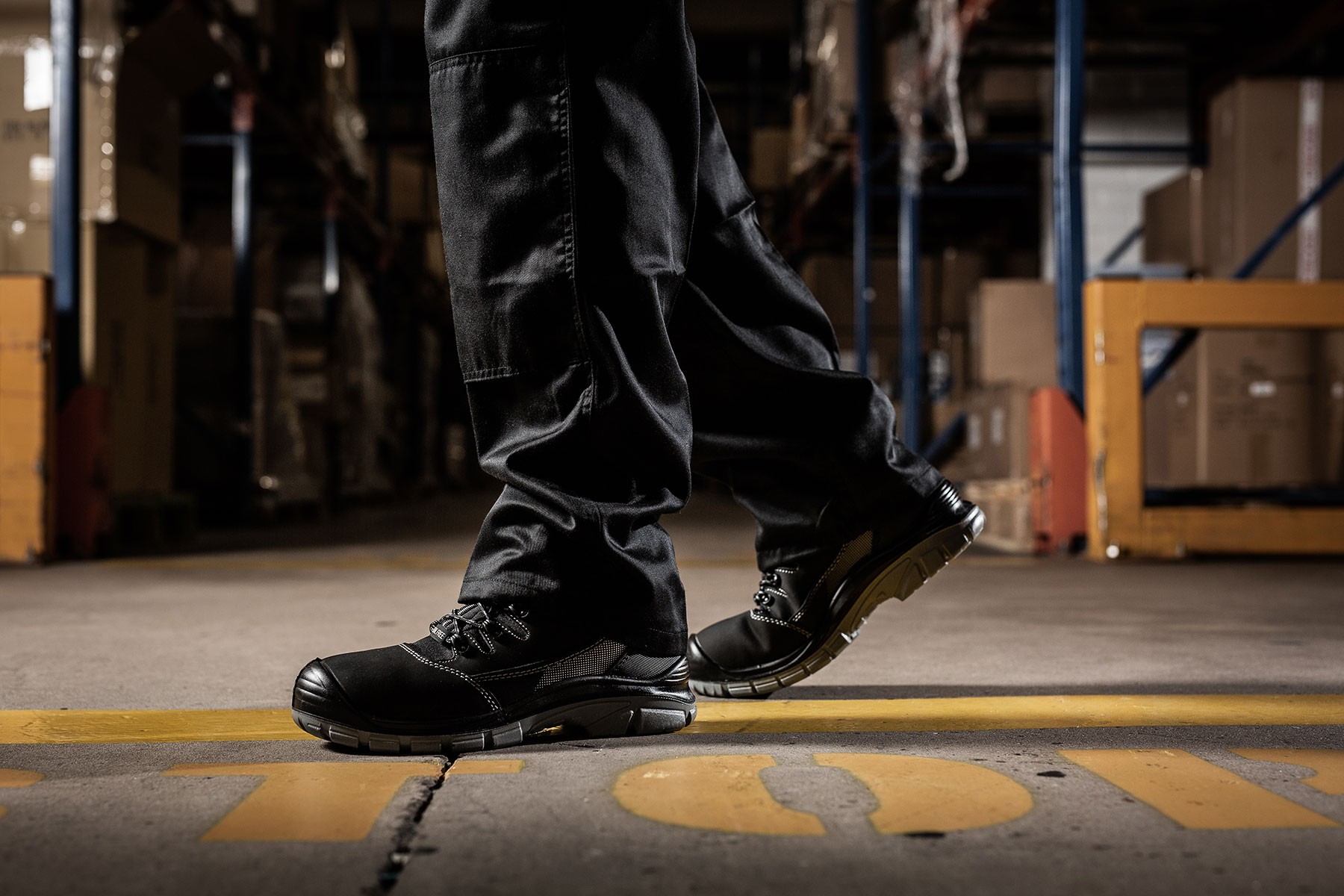
| 29 January 2024
Having appropriate and legitimate safety footwear is more important than ever.
READ POST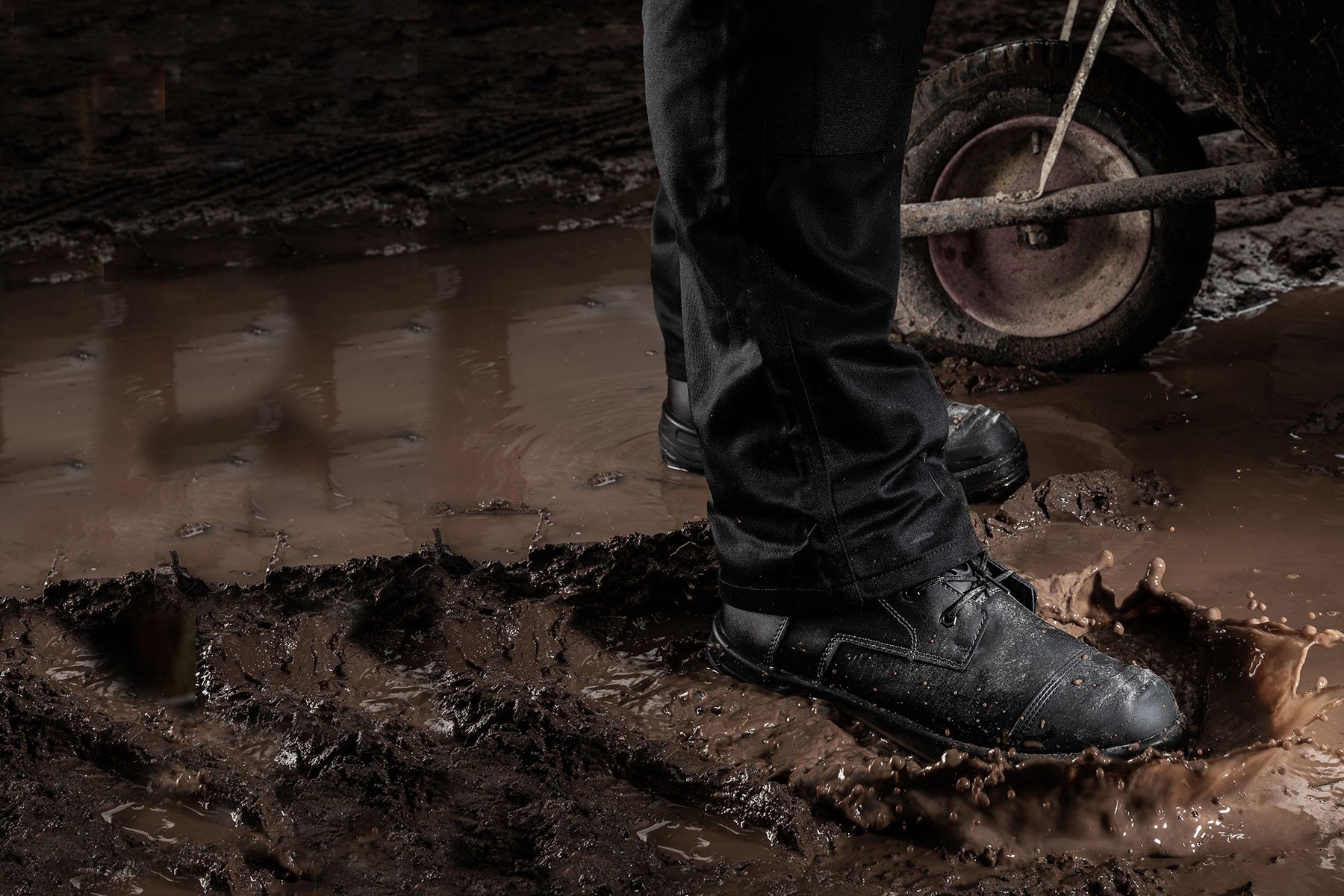
| 24 April 2024
Some simple and effective ways of checking your safety footwear is still fit for purpose.
READ POST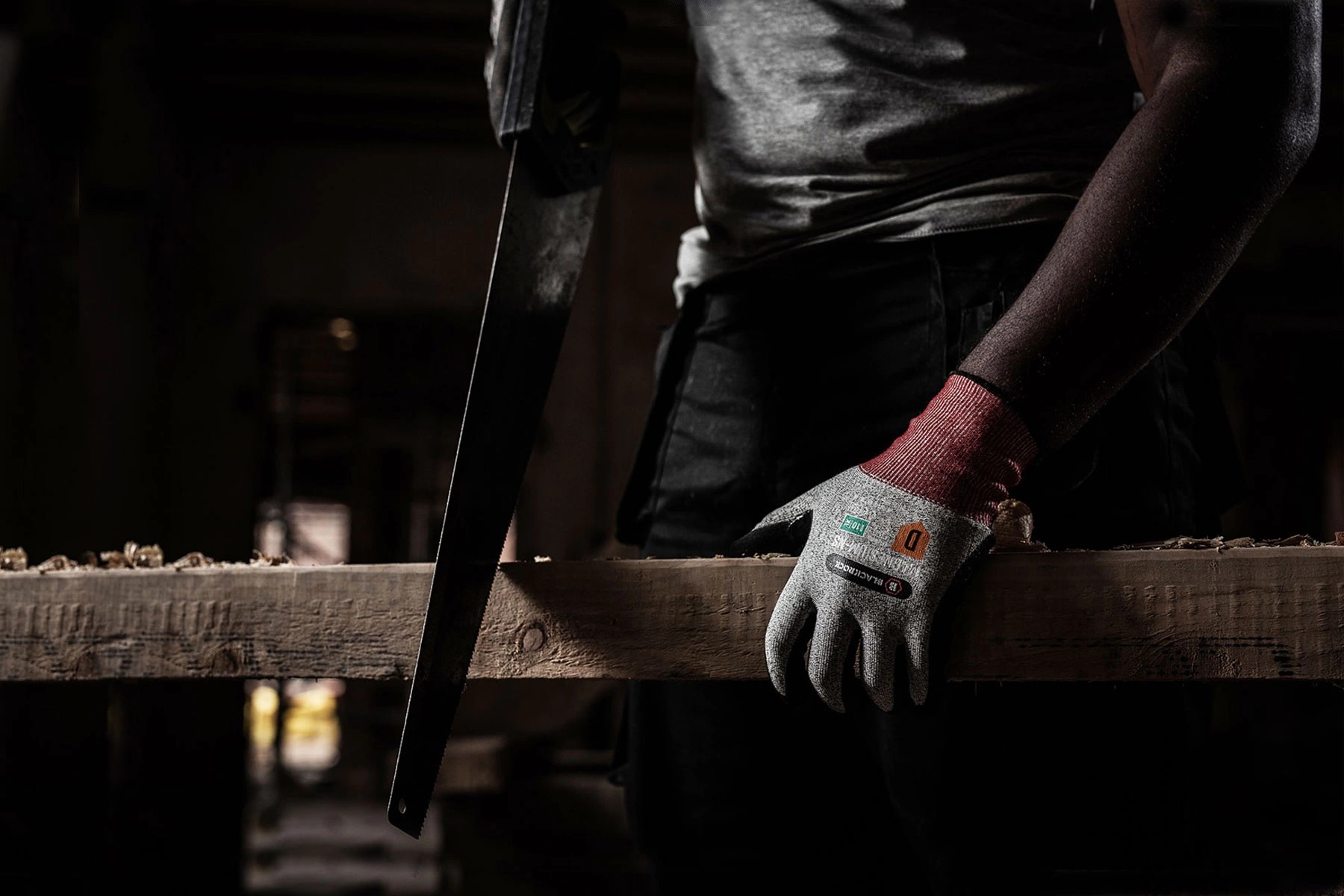
| 12 May 2023
We look at some of the misconceptions surrounding cut resistant gloves and the correct way they should be used.
READ POST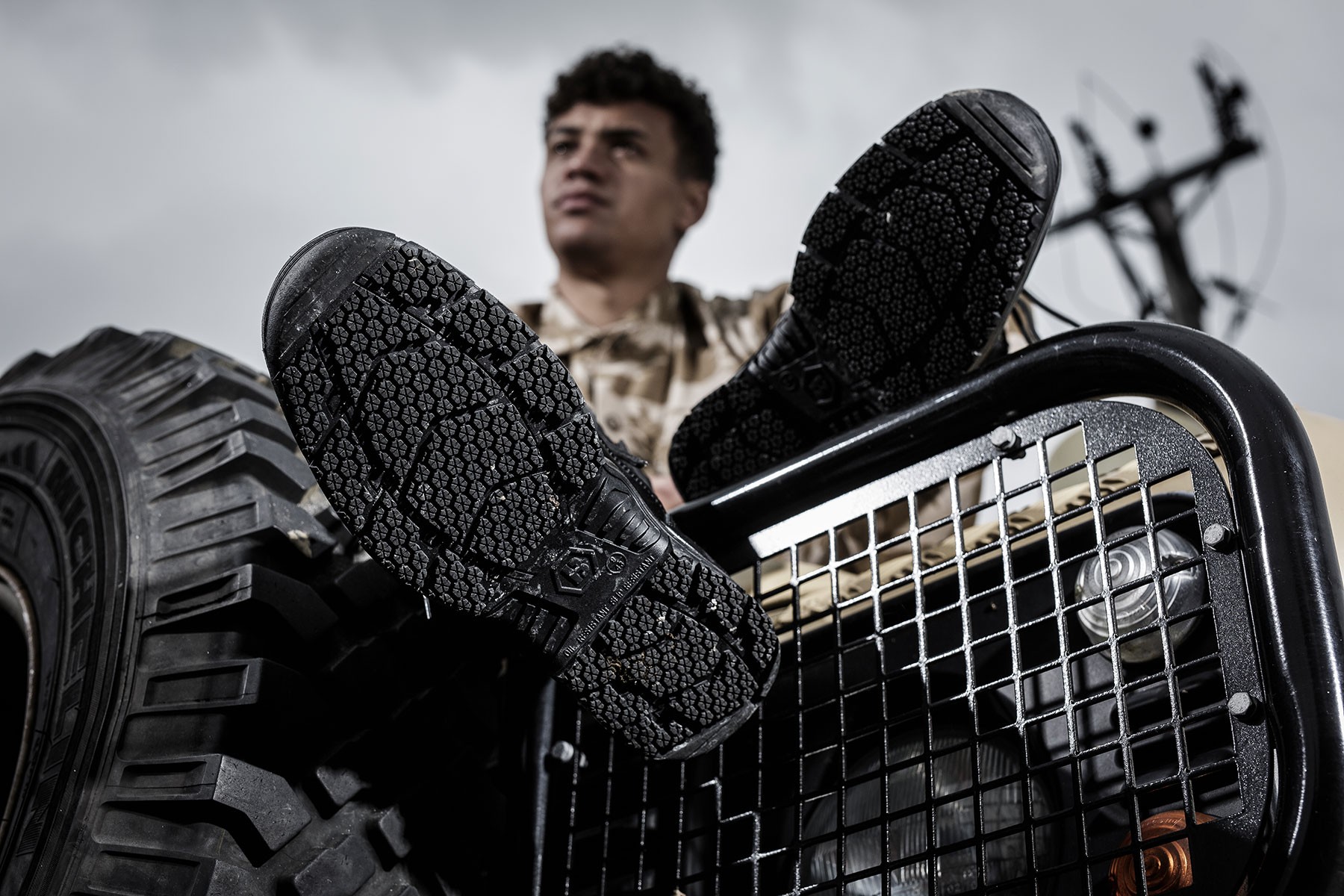
| 17 August 2023
Here's a brief overview on the latest update of safety footwear standards.
READ POST
| 11 April 2025
Some useful tips to identify if your safety boots are safety compliant.
READ POST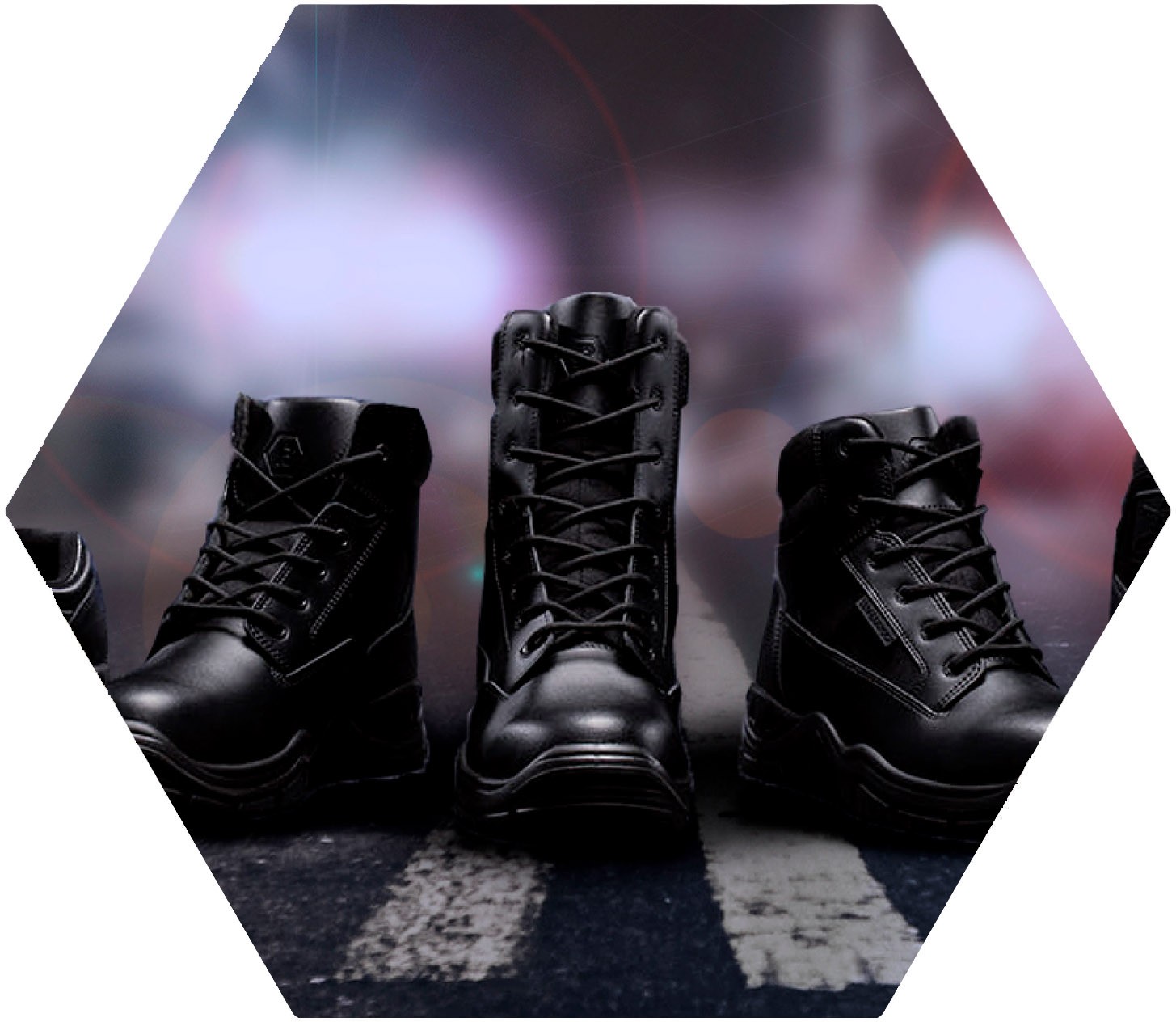
Editorial | 10 March 2021
Find out more about the newest additions to the Blackrock footwear range
READ POST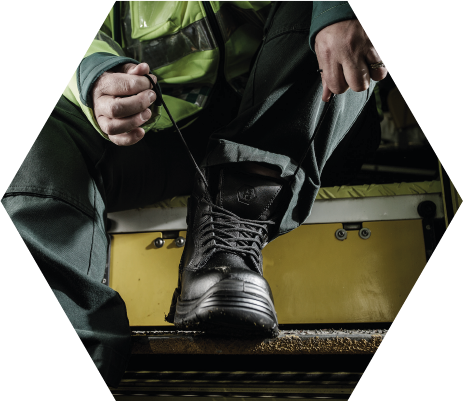
Editorial | 20 December 2021
Over the last year you may have seen the phrase ‘tactical footwear’ mentioned by us. But what is tactical footwear?
READ POST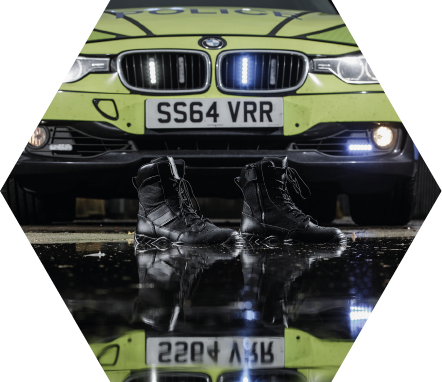
Editorial | 20 October 2021
We look at how the Tactical Footwear range stacks up against real world use by members of the police.
READ POST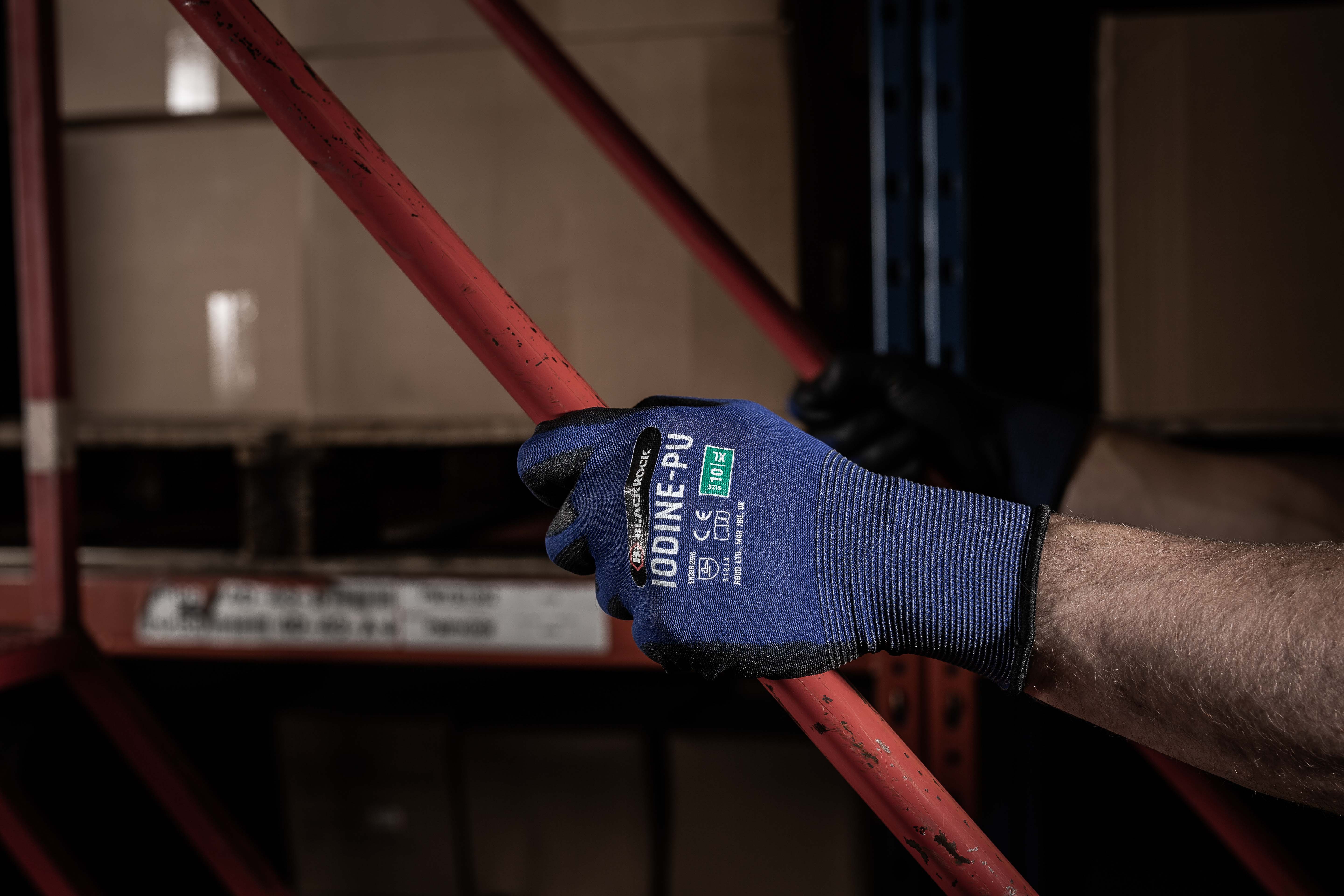
| 06 June 2022
Work gloves shouldn’t be complicated. So what does PU, FN, LC etc mean?
READ POST
| 05 April 2023
We answer some of those questions you may have been faced with when having to choose safety footwear.
READ POST
| 29 January 2024
Having appropriate and legitimate safety footwear is more important than ever.
READ POST
| 24 April 2024
Some simple and effective ways of checking your safety footwear is still fit for purpose.
READ POST
| 12 May 2023
We look at some of the misconceptions surrounding cut resistant gloves and the correct way they should be used.
READ POST
| 17 August 2023
Here's a brief overview on the latest update of safety footwear standards.
READ POST
| 11 April 2025
Some useful tips to identify if your safety boots are safety compliant.
READ POST
Editorial | 10 March 2021
Find out more about the newest additions to the Blackrock footwear range
READ POST
Editorial | 20 December 2021
Over the last year you may have seen the phrase ‘tactical footwear’ mentioned by us. But what is tactical footwear?
READ POST
Editorial | 20 October 2021
We look at how the Tactical Footwear range stacks up against real world use by members of the police.
READ POST
| 06 June 2022
Work gloves shouldn’t be complicated. So what does PU, FN, LC etc mean?
READ POST